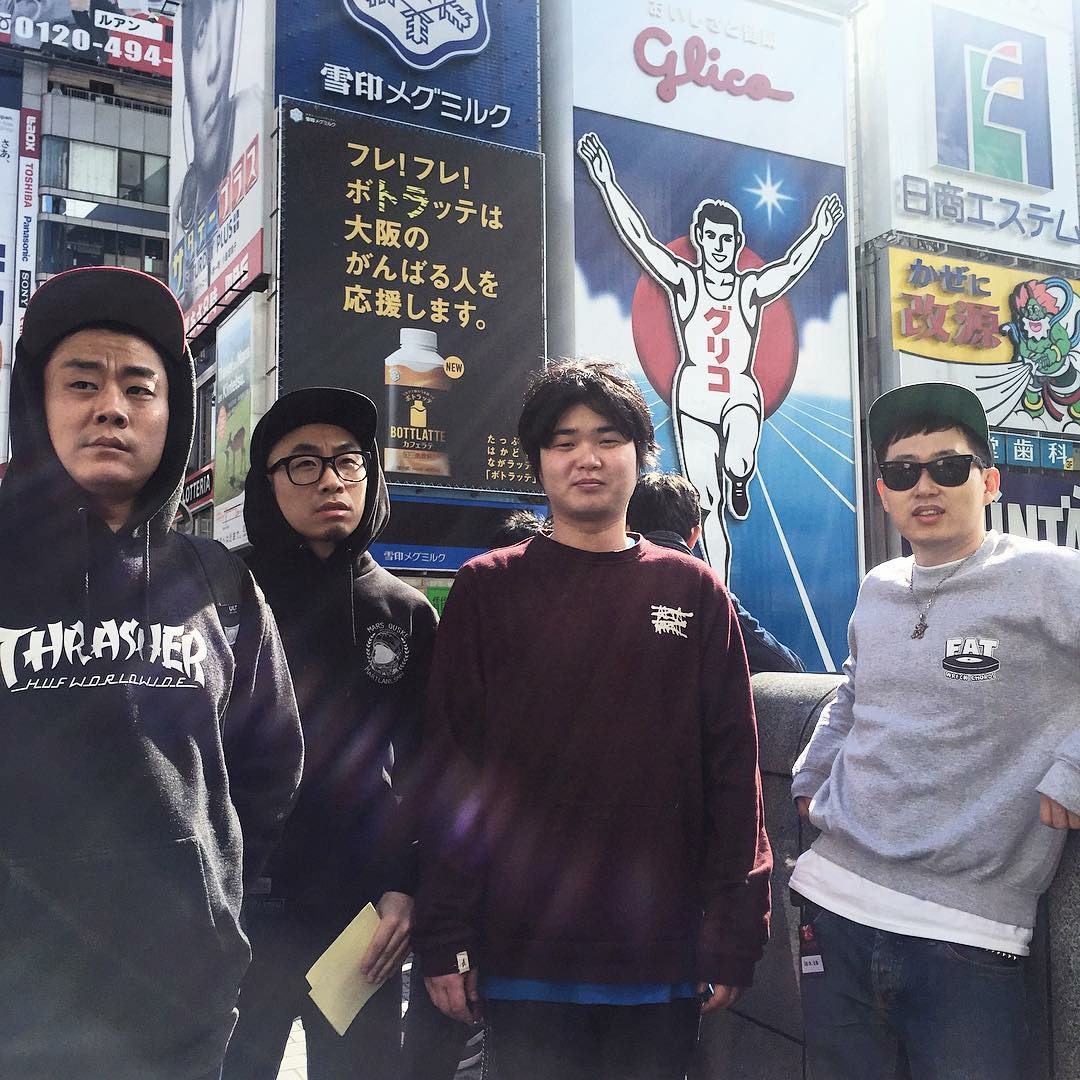The Smartest of Smartphones get to Play Doctor
With almost three out of every four inhabitants possessing a smartphone, it is hardly a stretch of an assertion. South Korea has the highest smartphone penetration in the world aside from the United Arab Emirates, trailing them only by a fraction of a percent.
The widespread use of smartphones has not only changed the way people live their daily lives; it is transforming the landscape of society. The mobile trend is too titillating for new markets not to capitalize on. To stay relevant, niche fields (such as travel, religion, education and fashion) maximize their interaction potential with their target audience by making smartphone apps, and healthcare is certainly no exception. From conception to death, there is an app, and this phenomenon of health- and healthcare-related apps is called mobile health, or mHealth.
Image: Greg Wood/AFP/Getty Images
Popular U.S. Fitness/Health Apps:
- Calorie counters: a log for meticulous individuals who draw joy from logging everything ingested into a tabulator.
- Cycle meters: a distance log for cycling enthusiasts.
- Nutrition watcher: a way to get interactive with the pyramid of food groups.
- Jogging/running apps: a way to organize and store the locations of your favorite trails (with GPS) along with time, distance, pace and max speed.
- Workout coach: provides diagrams or video clips of new exercises, rep counters and even words of encouragement.
- Social motivators: platforms to share fitness information with friends (examples include Fitsby, which allows groups of friends to place bets on fitness goals, and FitID, which harnesses the power of peer pressure by uploading your meal plan, workout and post-workout status into a “fitness Facebook”).
Popular Fitness/Health Apps commonly used in Korea:
|
|
|
|
|
|
|
|
|
|
|
Medical Applications and Clinical Uses
Smartphone apps in Korea have transcended fitness and diet. Not long ago, doctors found it revolutionary to bring up and search medical dictionaries with sweeps and taps, but now smartphone technology has been increasingly integrated into their daily routines. Staff at Asan Medical Center use smartphone apps to bring up patient medical history, personal information (e.g., height, weight, blood pressure and allergies), immunization records, prescriptions, lab results and even insurance information. At Samsung Medical Center in Seoul, staff members make their rounds with Galaxy tablets or use tablet-equipped “Smart Rooms.” The tablets allow health providers to use visual aids during consultations, which helps build patient understanding and confidence in the doctors and hospitals.
Beyond the Hospital and at the Speed of Light
Cultural anthropologists of the next millennium might state that the smartphone was a highly mechanized extension of a South Korean’sforearm. However, it is precisely that portability, in-hand access and prowess of smartphone apps, which will allow the expansion of mHealth in Korea. The channels of communication between health providers and patients are open 24-7. In an instant, patients can locate health facilities and specialty centers, schedule and change appointments, ask questions, give feedback and make complaints or suggestions. Doctors can monitor patient progress in real time, send new directives and prescribe new medications.
Streamlining
Mobile health can simplify complex medical issues. Apps consolidate, update and store health information pertinent to specific health conditions. For instance, the “My Cancer Note” is a diary where patients can record and report problems by clicking icons (e.g., pain, inability to eat, hair loss, fatigue) that their doctors can view. The app also has a cancer handbook, FAQs, directory of chemotherapy facility amenities, survival stories and a list of scenarios in which the hospital should be contacted immediately. “My Medication” reminds patients when to take their medication, brings up an image, highlights dosage and warns of any drug interaction. These kinds of applications make complicated and prescription-heavy ailments, such as cancer, more manageable, which will hopefully lead to better outcomes.
“Baby Note” and “Mother Note” are similar diary-type apps that track or monitor progress. Users see the progression of the pregnancy and compare it to a standard healthy pregnancy. For example, they can look at images of their sonogram and compare it to a sonogram of an infant in the same developmental stage. Users can learn about expected symptoms and also report discomforts or complications.
Legal Obstacles
The most apparent limitation is the security of information stored and made accessible on health apps. Private health information (PHI) is a large source of legal and security concerns for health administrators, thereby reflecting the risk of the “other edge” in the double-edged sword of ease of access.
What do you think about this month’s Health article? Would you like to see something specific covered in Gwangju News? Please email gwangjunews@gmail.com with your ideas.





